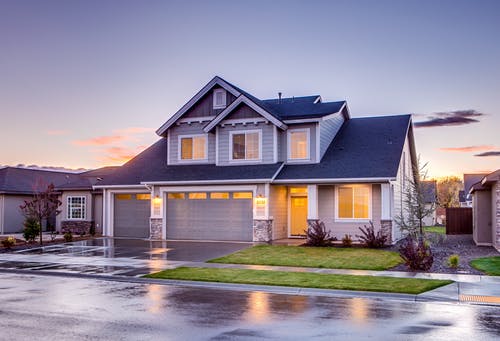Water damage can be a problem for any property owner or local business owner, and understanding the restoration procedure can aid in mitigating potential prices and risks. This will discuss the similarities and differences between service locations, the typical reasons for water damage, and the restoration procedure.
What Is Water Damage Restoration?
First, let’s specify water damage restoration. Water damage restoration is fixing and restoring a residential property harmed by water. There are two primary service locations in water damage restoration: mitigation and restoration.
Mitigation
Mitigation describes the actions taken to prevent further damage after a water event. This includes removing standing water, drying out the influenced locations, and disinfecting any afflicted surfaces to prevent the development of mold and mildew or germs. Restoration, on the other hand, involves repairing and rebuilding any harmed areas of the home.
One of the most typical reasons for water damage is flooding. Heavy rainfall, tornado surges, or ruptured pipelines can trigger this. Other reasons consist of leaking devices, washing machines or dishwashers, and overrunning toilets or sinks. Regardless of the factor, acting quickly is the secret to reducing the damage.
Restoration
The restoration procedure typically includes numerous actions. The primary step is to analyze the extent of the damage. This will involve figuring out the source of the water and the areas that have been impacted. Once the assessment is complete, the mitigation process can start.
During mitigation, any standing water is removed using pumps or wet vacuums. Dehumidifiers and fans are after that used to dry out the influenced locations. Any damaged materials, such as carpeting or drywall, might need to be removed and replaced. Disinfectants are additionally used to prevent the development of mold or microorganisms.
When mitigation is complete, the restoration procedure can begin. This includes fixing or changing broken materials, such as floor covering or drywall. Any electric or pipe systems that have been damaged will also require to be repaired or replaced.
Depending on the damage extent and the required fixes, the cost of water damage restoration can change. Dealing with a relied-on and knowledgeable restoration business, such as PuroClean water restoration company, is vital to ensure the restoration procedure is done correctly and efficiently.
What Are the Potential Risks?
There are also prospective dangers, along with future water damage expenses. Water damage can cause mold and mildew development of microorganisms, creating health and wellness problems. It is necessary to take preventative measures, like routine inspections, appliance upkeep, and pipe upgrades, to lessen the danger of water damage.
It’s important to note that the impacts of water damage can be long-lasting unless dealt with correctly. There may still be issues, such as the growth of mold and mildew or structural damage, even after the water has been removed and the house has been restored.
That’s why working with a respectable restoration firm like PuroClean of Oak Park water removal with experience caring for all elements of water damage restoration is essential.
How to Choose a Restoration Company?
When choosing a restoration firm, it’s vital to consider its credibility, knowledge, and responsiveness. You intend to select a company with a proven record of effectively handling water damage restoration projects and one that can respond swiftly in an emergency.
In terms of expenses, water damage restoration can be costly. The cost will vary depending on the damage and the solutions needed, but restoration expenses are common to face hundreds of dollars. That’s why it’s essential to have sufficient insurance coverage to help cover restoration prices. You can check this link for more information.
What Can You Do to Lessen Water Damage?
In addition to insurance protection, you can take action to decrease the threat of water damage. One of the most effective actions is regularly examining your home, paying close attention to areas susceptible to water damage, such as basements, attics, and crawl spaces. It’s also essential to carry out routine upkeep on devices such as washing machines, dishwashers, and water heaters to prevent leaks or breakdowns.
Upgrading plumbing systems can likewise assist in lowering the danger of water damage. For instance, installing a sump pump or heartburn preventer can help to prevent water from supporting right into your property in case of heavy rainfall or a drain backup.
Conclusion
Understanding the water damage restoration procedure can assist in alleviating prospective costs and threats. Mitigation and restoration are the two main solution areas in water damage restoration, and the process typically involves several steps. Dealing with a relied-on and knowledgeable restoration business is essential to ensure the restoration procedure is done correctly and efficiently. Preventative procedures, such as routine appliance maintenance and regular examinations, can also aid in reducing water damage threats.


